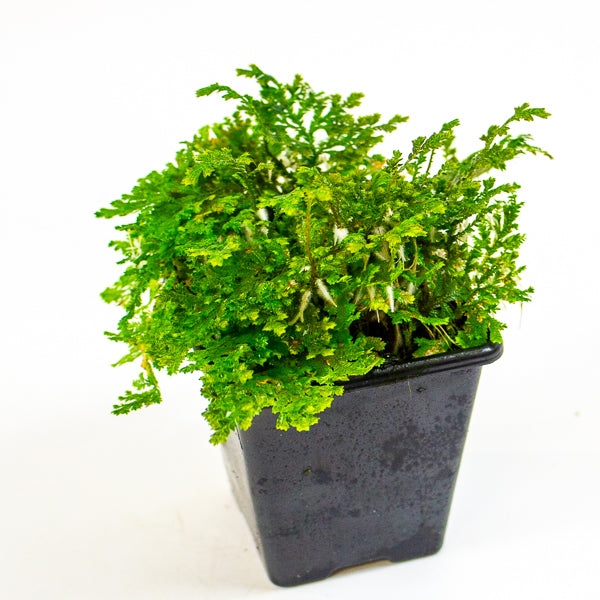1
/
of
8
Emm's Plant House
Selaginella sp. ‘Costa Rica’ (Costa Rican Spike Moss)
Selaginella sp. ‘Costa Rica’ (Costa Rican Spike Moss)
Regular price
£16.00 GBP
Regular price
Sale price
£16.00 GBP
Unit price
/
per
Taxes included.
Couldn't load pickup availability
Selaginella sp. ‘Costa Rica’, commonly known as the Costa Rican Spike Moss, is a vibrant tropical species prized for its fine, fern-like foliage and dense, mossy appearance. It creates a lush green carpet in terrariums, paludariums, or as a ground cover in humid plant displays, thriving best in constant moisture and shade.
- Full Botanical Name: Selaginella sp. ‘Costa Rica’
- Common Names: Costa Rican Spike Moss, Tropical Club Moss, Selaginella Moss
- Country and/or Region of Origin: Costa Rica and other tropical areas of Central America
- Growing Conditions in Native Habitat: Found on shaded, humid forest floors and rocky areas, often alongside ferns and orchids in constantly moist environments
Care Guide
Care Guide
Share
















